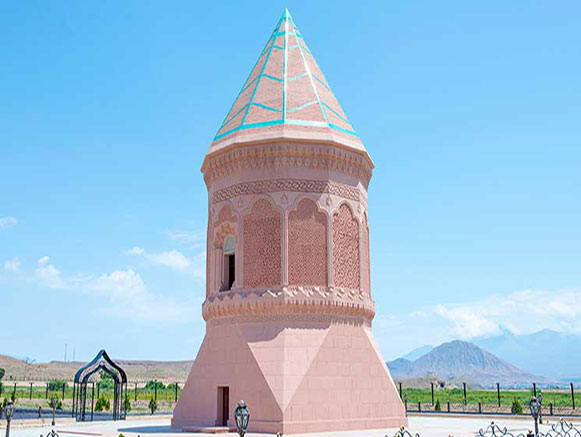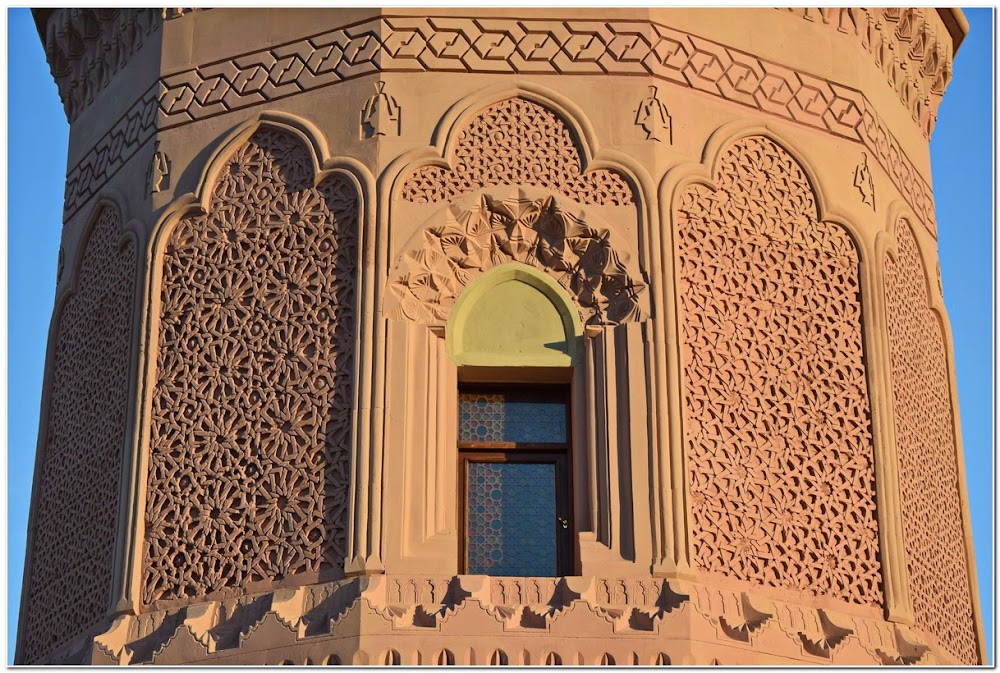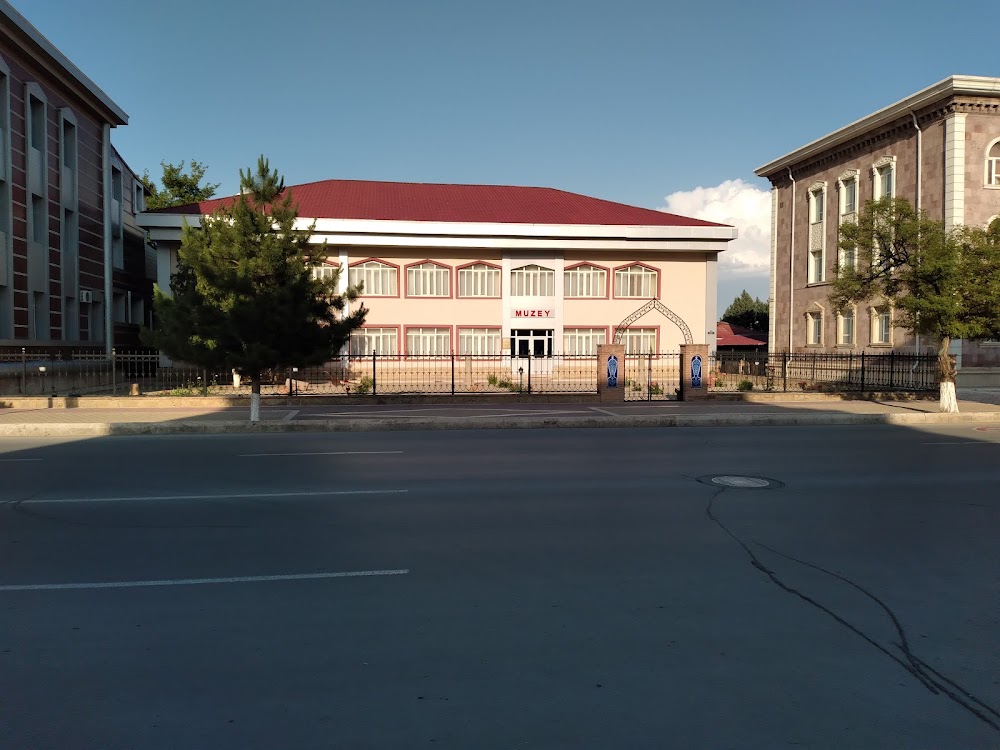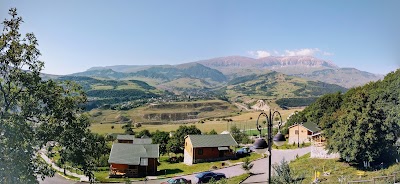Gulustan Tomb (Gülüstan Türbəsi)
Overview
The Gulustan Mausoleum, also known as the Gulustan Tomb, is a remarkable historical monument nestled in the picturesque Kangarli District of Azerbaijan. This site is a vital part of the nation’s rich cultural heritage, offering visitors a unique window into the architectural and historical narratives of medieval Azerbaijan.
Constructed in the 13th century during the reign of the Ildegizid Atabeg state, the mausoleum showcases the exceptional architectural skills of the era. Commissioned by Shirvanshah Fariburz III, it was built to honor a significant figure, thought to be either a member of the ruling family or a revered scholar, although the exact identity remains a mystery.
The mausoleum exemplifies the traditional Nakhchivan architectural style, characterized by its use of red brick and intricate geometric patterns. Its cylindrical form, resting on an octagonal base, beautifully marries functionality with aesthetic appeal. The design reflects a fusion of Persian and Seljuk influences, creating a captivating blend of regional styles.
One of the striking features of the Gulustan Mausoleum is its exterior stonework. The façade is embellished with detailed reliefs and inscriptions in Kufic script, serving both decorative and informative purposes. These inscriptions often include religious texts and praises, adding a spiritual dimension to the mausoleum’s artistic allure.
Crowning the structure is an iconic conical dome, a hallmark of Azerbaijani tomb architecture. This dome not only enhances the building's visual appeal but also symbolizes the vault of heaven. The transition from the octagonal base to the circular dome is elegantly achieved through a series of muqarnas, which are small, niche-like elements that distribute weight while providing decorative complexity.
Inside, the mausoleum features a relatively simple design that contrasts with its ornate exterior. This intentional simplicity directs focus to the spiritual significance of the space. The central chamber, housing the sarcophagus, resonates with solemn reverence, creating a peaceful atmosphere for reflection and remembrance.
Over the centuries, the Gulustan Mausoleum has stood resilient against the tides of history. Although it has faced wear and tear, dedicated restoration efforts in the 20th and 21st centuries have preserved its structural integrity and aesthetic charm. These initiatives ensure that this cultural treasure remains well-protected for future generations to admire.
Restoration materials have been meticulously selected to match the original components, ensuring the monument retains its historical authenticity. Advanced preservation techniques have been employed to stabilize the structure and safeguard it from environmental challenges, allowing visitors to appreciate its beauty and significance.
A visit to the Gulustan Mausoleum offers a profound insight into medieval Azerbaijani architecture and history. Set against the scenic backdrop of the Kangarli District, the mausoleum serves not only as a cultural and historical landmark but also as a tranquil space for contemplation.
More than just a burial site, the Gulustan Mausoleum stands as a testament to the artistic and architectural advancements of its time. It acts as a silent guardian of the past, revealing the socio-cultural and religious dimensions of medieval Azerbaijan. Through its intricate designs and serene presence, it continues to captivate historians, architects, and travelers alike.









